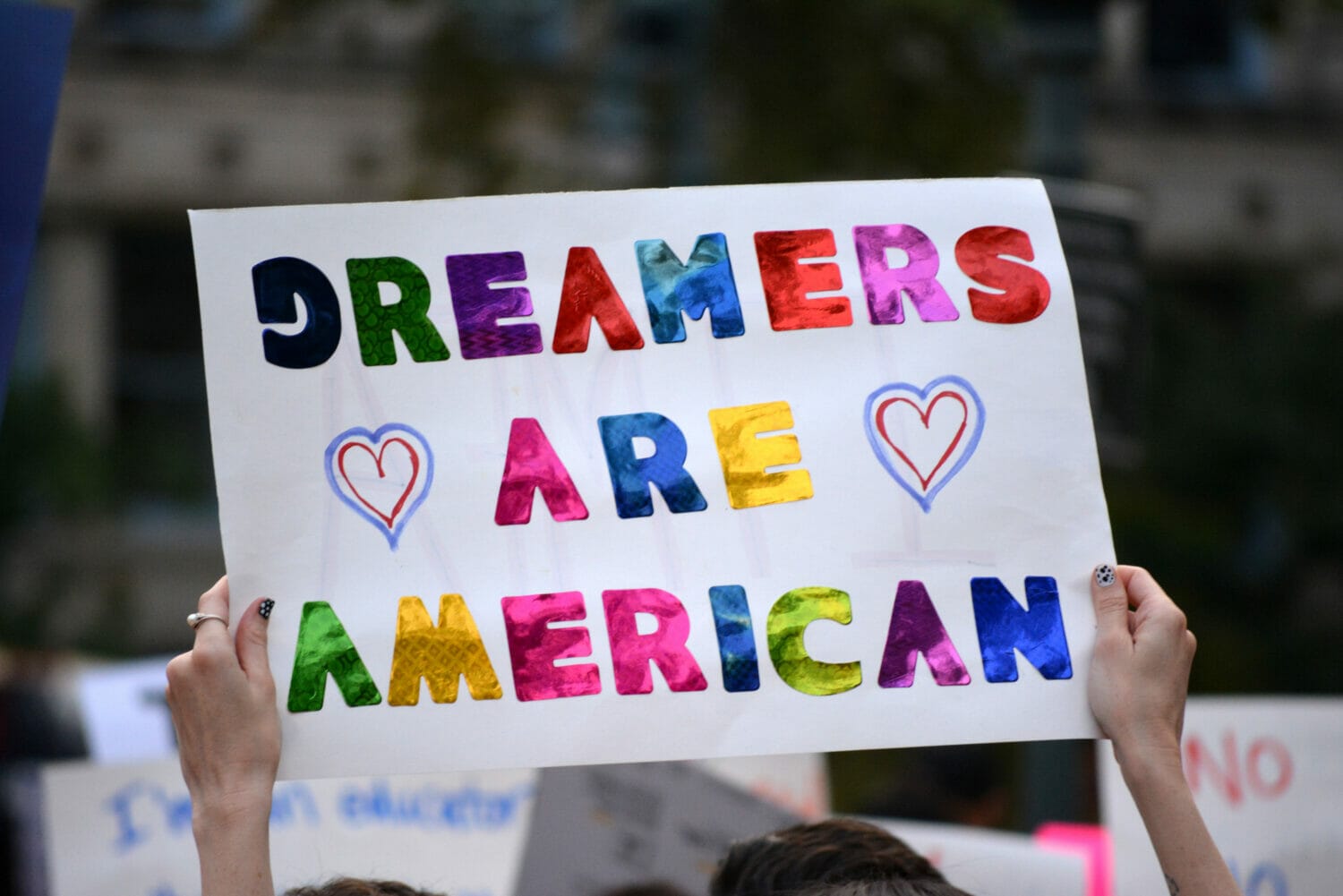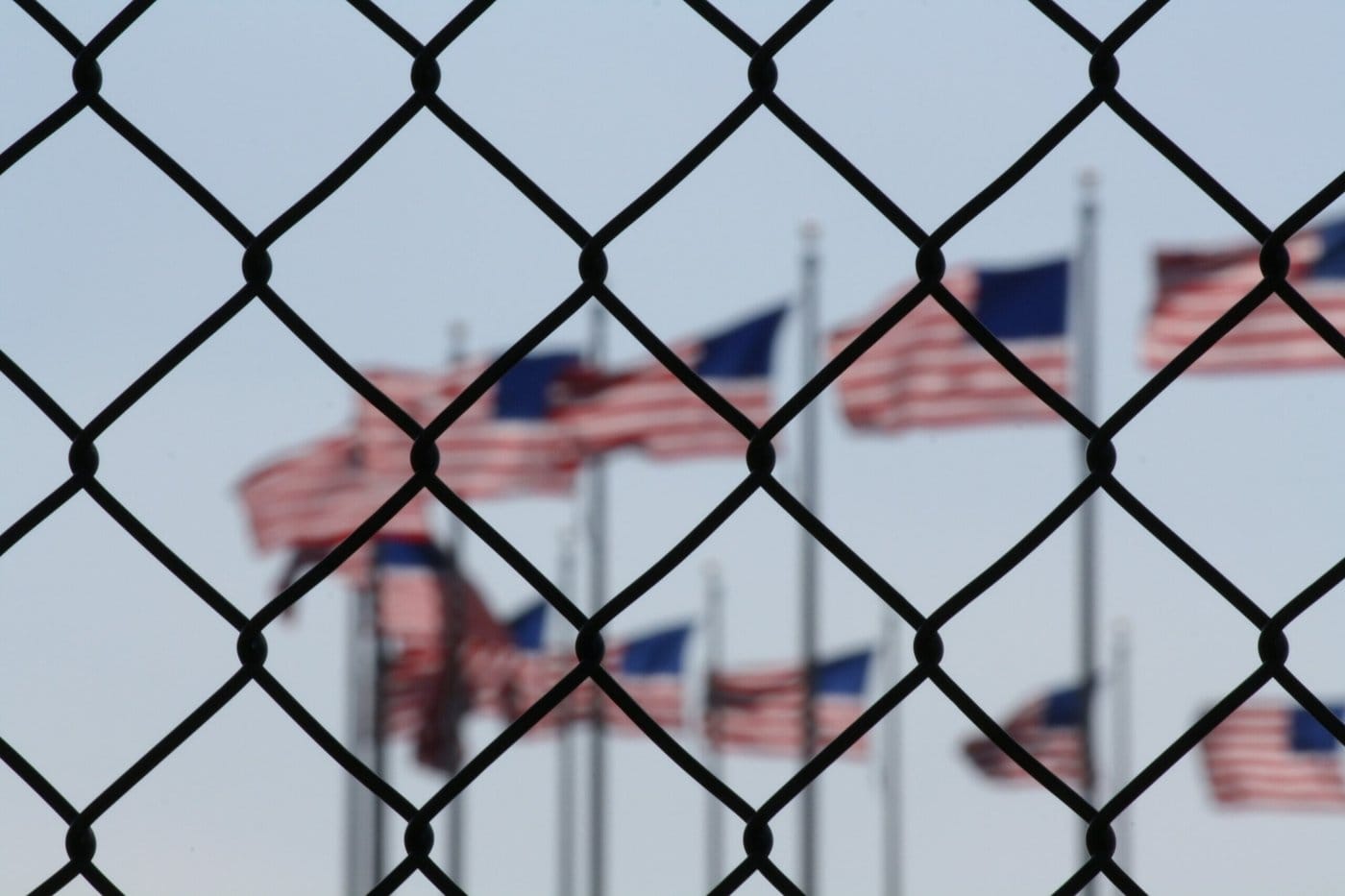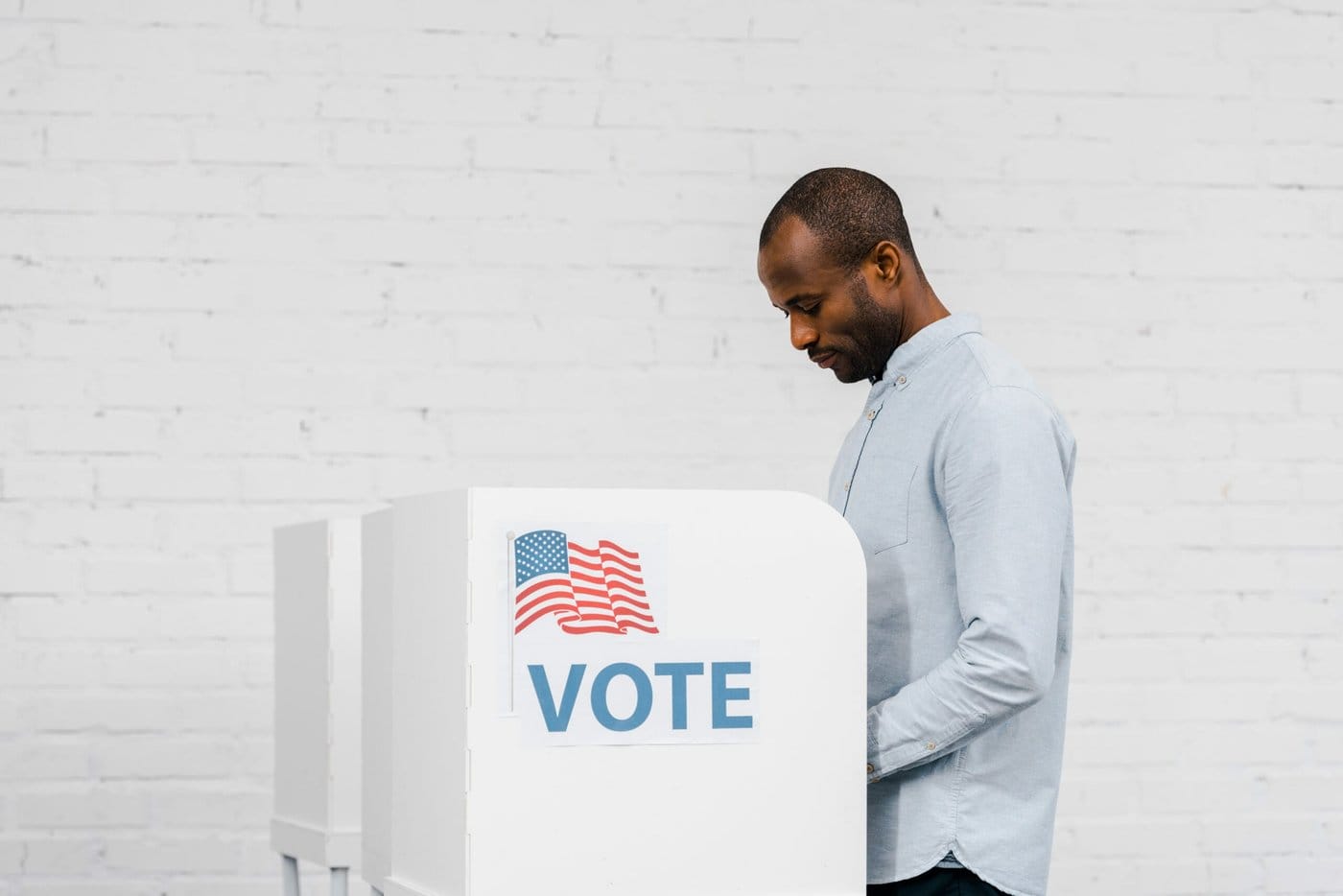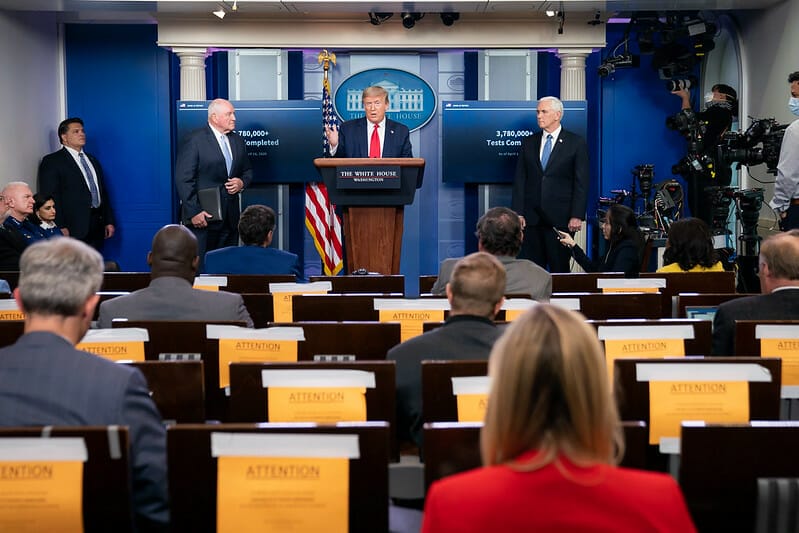President Donald Trump’s turbulent final year in office saw his administration continue its efforts to curb both lawful and unlawful immigration of all kinds. While the Trump administration has only managed to complete about 30 miles of new wall along America’s southern border, it has successfully erected a wide range of regulatory obstacles for would-be immigrants.
The barriers have proven effective, reducing legal immigration to just half of the level seen in 2016. Now, officials are rushing to cement further “paper walls” in place before Trump leaves office.
Here are the key immigration stories from the past year:
- COVID-19

The Trump administration dubbed COVID-19 the “China virus” and quickly used the crisis to justify sweeping travel and immigration restrictions. In April, Trump issued an executive order halting the issuance of certain classes of green cards, including some family and employment-based visas, a measure that Boundless estimates will lead to the exclusion of 358,000 people per year from the United States. In June, Trump issued an additional proclamation banning many skilled workers, seasonal workers, exchange visitors, and employees of multinational companies. Coming on the back of an expanded travel ban and new rules to block “birth tourism”, the measures continue to represent a major obstacle for many classes of would-be immigrants.
2. The public charge rule

In a blow to immigration advocates, the Supreme Court began 2020 by giving their blessing to President Trump’s public charge rule, a controversial policy that subjects current and would-be immigrants to far greater financial scrutiny. The rule increased the administrative burden on visa applicants — and with USCIS erroneously using the rule to block prior green card applicants, the rule also dramatically increased stress levels for anyone dealing with immigration filings in 2020. Legal challenges to the rule continued throughout the year, and in December the Ninth Circuit temporarily blocked the rule’s application in 18 states.
3. DACA

In June, the Supreme Court issued a historic ruling reinstating the Deferred Action for Childhood Arrivals (DACA) program, allowing more than 700,000 young people brought to the United States as children to continue to live and work lawfully. Just one month later, however, the Department of Homeland Security published a memo barring new applicants from receiving DACA status, barring current recipients from receiving advance parole to travel internationally, and changing the duration of DACA status from two years to one year. In December, a judge struck down the memo and ordered the DHS to begin accepting new applicants, fully restoring the DACA program.
4. Asylum seekers and refugees

After the COVID-19 pandemic began, border and immigration officials used public health rules to turn away tens of thousands of asylum seekers from the U.S. border with Mexico. The United States continued to require tens of thousands of asylum seekers to wait in Mexico while their cases were considered, a policy the Supreme Court is now scrutinizing. In October, Trump reduced the refugee cap for fiscal 2021 to just 15,000 — a record low, and a fraction of the 110,000 refugees permitted by Obama in 2016 — and proposed barring most refugees from Somalia, Syria, and Yemen. The same month, a scathing congressional report accused the administration of “reckless incompetence and intentional cruelty” for separating asylum seekers from their children at the border.
5. Trouble at USCIS

U.S. Citizenship and Immigration Services (USCIS) has faced financial problems in recent years. Last year, the agency sought to implement dramatic fee increases, including a doubling of the fee for marriage-based green cards and a 60% hike in fees for naturalization. In September 2020, just days before the new schedule was enacted, a judge blocked the fee hike. USCIS also threatened to furlough 13,400 employees to offset the budget shortfall. Although the agency managed to avert the furlough, USCIS Deputy Director for Policy Joseph Edlow said in a statement that aggressive spending cuts will “increase backlogs and wait times across the board, with no guarantee we can avoid future furloughs,” adding that congressional funding will be necessary to keep the agency afloat in 2021.
6. New requirements for visa applicants

During 2020, USCIS introduced numerous measures designed to complicate the process of seeking visas, citizenship, or immigration benefits. In January, USCIS announced new “secure mail” rules requiring immigrants to personally take delivery of work permits, green cards, and other immigration documents. In August, it emerged that USCIS had begun rejecting applications on which any field was left blank, even if the question obviously didn’t apply to the applicant. And in September, the administration announced plans to require DNA, retinal scans, and other expanded biometrics data from immigrants, including children, and also their sponsors.
7. A tougher path to citizenship

USCIS staffing shortages, red tape, and office closures also took a toll on would-be citizens, with Boundless finding that bureaucratic delays robbed almost 300,000 eligible applicants of their chance to naturalize in time to vote in the November presidential election. In November, the administration exacerbated the problem by announcing a complex, lengthy, and politically conservative civics test, in a move expected to further slow USCIS processing of naturalization cases. The Justice Department also established a new office with the sole purpose of stripping foreign-born Americans of their citizenship.
8. The presidential election

To the surprise of some, Trump chose not to make immigration a key part of his re-election campaign, with little mention of immigrants — and few “Build the wall!” chants — in his rallies, ads, or debate appearances. Instead, Trump sought to chip away at minority support for Democrats, making important inroads among Hispanic voters in South Florida and increasing his overall share of the Latino vote from 18% in 2016 to around 28% in 2020. That wasn’t enough to secure victory over Joe Biden, however, leaving the White House to close out 2020 by scrambling to lock in Trump’s legacy on immigration policy before President-elect Biden takes office.
